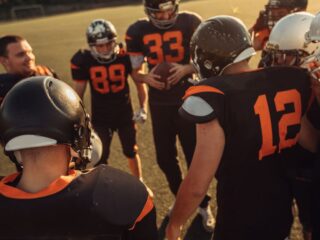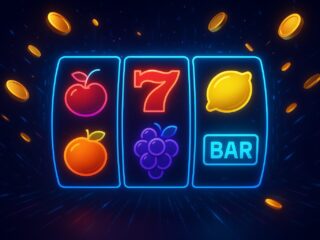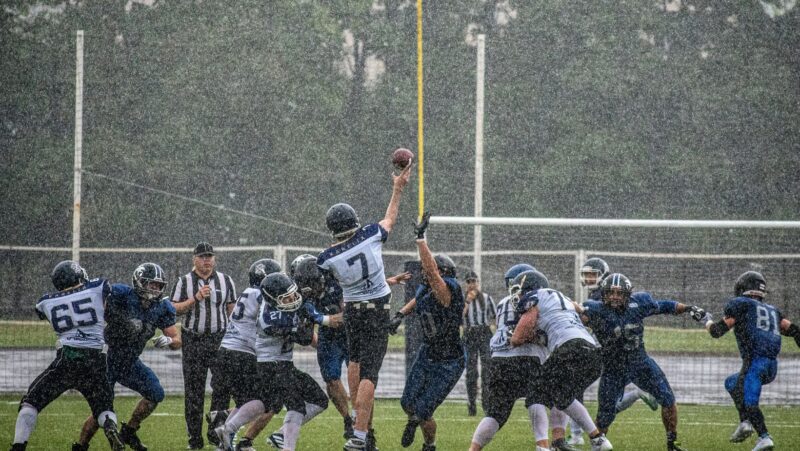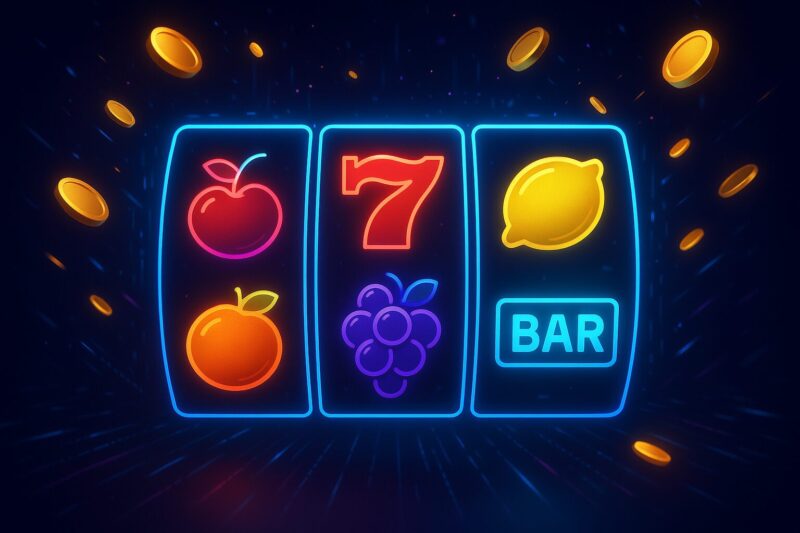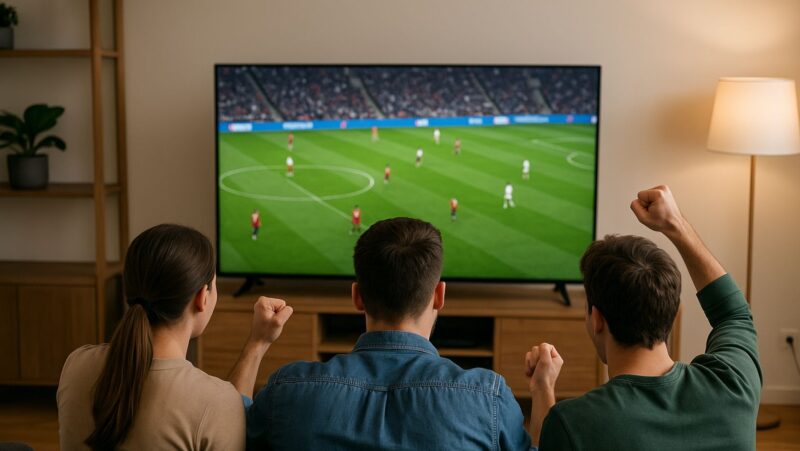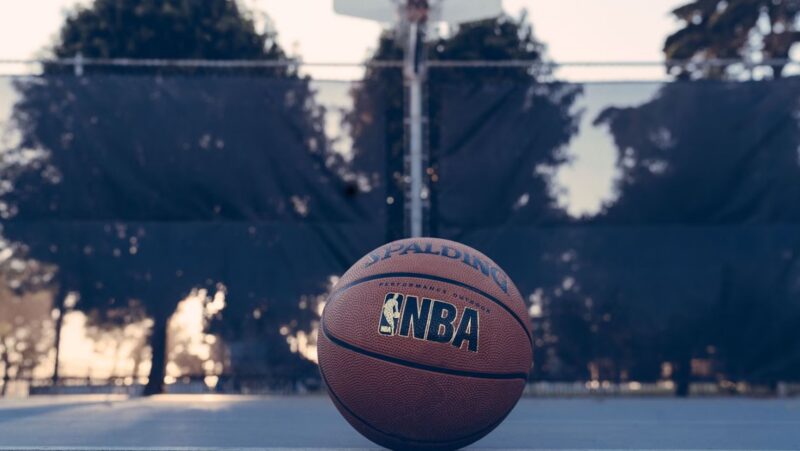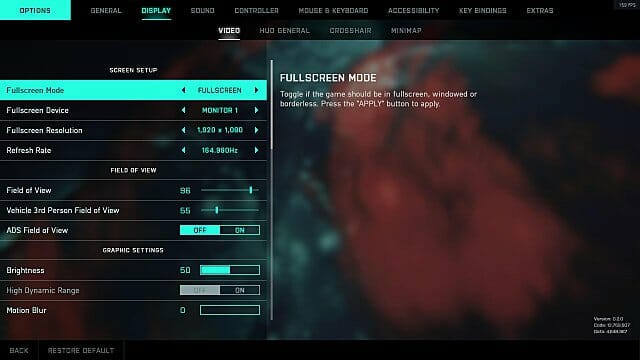
Battlefield 2042 is a futuristic first-person shooter set in the year 2042. As with most shooters, it’s important to get your settings right for optimal performance and high FPS. This article will help you create the best possible settings that work well on all PC types whether they are laptops or desktops.
A new Battlefield game has just released on the PC. This sequel, titled Battlefield 2042 is set in a near future dystopian society where all of humanity’s records are stored on blockchain and decentralized cloud servers. The gameplay will be based around this technology to make it feel like an authentic futuristic world
Battlefield 2042 is a game that has been around for quite some time. There are many different settings that can be changed to optimize the performance and high FPS.
Battlefield 2042 isn’t the most optimized PC game, with even the most powerful machines struggling to maintain a steady 60 frames per second throughout the game. This might be a bit annoying for those who were hoping for more from their PC FPS experience.
This tutorial walks you through all of the display choices, explaining how they affect performance and what to anticipate in various settings.
Optimal Battlefield 2042 Settings
Setup of the Display
The monitor priority you assign to 2042 has a little influence on performance.
- Mode: Fullscreen
- Fullscreen: Sticking to classic fullscreen will offer you a modest speed boost, while alt-tabbing will cost you roughly 5% of your frames each time.
- Borderless: Going borderless gives you greater flexibility with the rest of your computer since alt-tabbing isn’t as demanding. You’ll lose a few frames per second, and your resolution will be set to monitor settings, so if you’re running 1440p or above, this isn’t the optimal choice for you.
- Windowed: This will pop 2042 into its own window, providing it the same level of flexibility as Borderless but with the added benefit of a boundary. The regulations remain the same.
- Device with Fullscreen Mode
- All you have to do now is choose which output device your game will be shown on. It should be your main monitor, but if you have more than one or if your setup is designed for TV, you may switch it here. The only difference in performance is due to the output device’s specifications.
- Resolution: Fullscreen
- Resolution is one of the greatest FPS drains on our list, and even at 1440p, 2042 consumes enough system resources to cause noticeable performance degradation. Unless you have a god-tier system or don’t tolerate a 20 percent drop in FPS, downscale to 1080p.
- Rate of Refreshment
- There is no significant performance effect here since it only controls how many frames are rendered per second on your monitor or other output device, which impacts the visual quality of your game but not the gameplay itself.
Viewing Angle
Adjusting your FoV won’t dramatically increase or decrease your frame rate, but it may help you get more from your GPU.
- Viewing Angle
- Because the console settings are 65 and 70 degrees of field of view, it’s usually a good idea to set it to at least 85. This boost usually comes at a cost of 1 or 2 frames per second, so it’s only visible if you’re hovering at 60 or slightly below.
- 3rd Person Field of View in a Vehicle
- Unless you wish to see more while driving about the battlefield, there’s no need to change this. The effect on performance is negligible.
- Field of View of ADS
- There’s no effect on performance here, either. Unless you push things to the extreme, at which time you won’t be able to see anything at all.
Graphics Options
These simple options won’t make or break your gaming, but they’re worth checking out to help things go more smoothly.
- Brightness
- It says exactly what it means: how bright do you want your game to be?
- Extremely High Dynamic Range
- This function is monitor-dependent and won’t improve your FPS much.
- Blurred Motion
- In your game, how much blur do you want? There is never a proper response. Maintain a clean visual image at all times by setting this to 0.
- Abberation of the chromatic scale
- Turn this off since it adds extra blur to the game, making it more photogenic. We’re looking for performance, not nice hues.
- Grain in Film
- Another option to turn off at all times. This adds a grainy filter to the screen, similar to what you’d see in a movie, with no discernible effect other than cosmetic.
- Vignette
- Keep this one-off as well, since it adds extra blur to the screen’s borders during particular gaming phases, which is inconvenient when you want to see everything clearly.
- Distortion of the Lens
- Remove yourself from the situation? Yes. More blur and picture distortion with no effect on performance.
Graphics of Good Quality
Individual quality choices, the nuts and bolts of every setting package, may make or break your in-game performance. Always use a custom configuration for this, since the presets Low, Medium, and so on aren’t always the best for your rig.
- Texture Quality: There is a notable difference between the higher and lower settings here. Low-power cards can handle Medium well enough, but mid-tier GPUs like the 1070 and 1080 can keep it on High without any FPS loss.
- Texture Filtering: Even on high-end hardware, going to Medium may save a few frames per second. On Low, you could notice some extra savings without much of a visual effect, particularly if you have an older GPU.
- Lighting Quality: Because light and shadow always have a performance penalty, even strong setups would be wise to keep this at Medium. Keep it on Low for older or lower-powered gear.
- Quality of Effects: Regardless of the mode you’re playing, 2042 contains a lot of in-game physics and other FPS-draining effects. They’ll appear better with this level set higher, but for the best results, leave it at Medium or Low.
- Post-processing Quality: After your picture has finished rendering, post-processing adds numerous effects to it, and it normally doesn’t detract too much from your performance, so the High level is acceptable for most people.
- Mesh Quality: Meshes are the fundamental geometric units utilized in all games, and better quality indicates more complexity, which requires more processing power to depict in-game. Medium settings are sufficient, so don’t go higher unless you want all of your levels to be as complicated as possible.
- Terrain Quality is distinct from mesh quality in that it refers to the ground, water, and other surfaces underneath the texture. Medium settings will enough, but if you have a powerful PC, High won’t be too taxing. Anti-aliasing
- Post-processing: Also known as AA, there are just two options here: TAA Low or TAA High. With all the bullets zipping past your head, you’re unlikely to spend too much time staring at the rough edges in 2042. At the lesser option, your FPS will also improve somewhat.
- Ambient Occlusion (AO) is a resource-intensive lighting setting; for most users, turning it off is the best choice, since even on SSAO (the lowest level before Off), you may lose a few frames for minimal gain.
Advanced
These options are unique in that they alter how the game produces or modifies the picture on the fly, resulting in improved performance or image quality.
- Dynamic Resolution Scale: Anyone without a DLSS-enabled GPU should use this option. The game will render at a changeable resolution in order to optimize your FPS, as stated in the in-game description. It’s particularly beneficial for low-power systems or those who don’t mind taking a visual impact in exchange for greater fps.
- Dynamic Resolution Scale Refresh Rate Target: If Dynamic Resolution Scale is enabled, this parameter influences how closely the game attempts to match the refresh rate of your display. This option might assist if you’re operating at 144Hz and want to stay there no matter what.
- DLSS: NVIDIA’s patented machine-learning technology adjusts resolution and fills in the gaps on the fly, allowing for the most frames with the least amount of visual loss. Most people will be OK with the Performance level, however Quality will save you a few frames in exchange for a far better picture.
- Ray Traced Ambient Occlusion: FPS fans worldwide despise Ray Traced Ambient Occlusion. Keep this option off if you’re playing a multiplayer game where milliseconds count.
- NVIDIA Reflex Low Latency: Using Reflex, like DLSS, is ultimately a matter of preference, although I don’t believe keeping things fast and snappy on the trigger or otherwise is a bad thing.
- Future Frame Rendering: A contrast to Reflex, Future Frame Rendering improves speed by having your computer think about the future few seconds for you. Because it isn’t you who is thinking, the game must adjust for whatever action you do in real time, delaying each of your inputs somewhat.
- Vertical Sync: If your display supports it, this option locks your framerate to the refresh rate of your monitor. You’ll never go beyond your hardware’s set setting, but you’ll witness less screen tearing, which is when two frames render out of sync and a strange line appears across your game. In terms of pure FPS, there isn’t much of a difference, but it can make the visual experience more constant. It’s preferable to leave this on if you don’t generally obtain enough FPS to reach the VSync restriction.
- High Fidelity Objects Amount: This option controls how well distant objects in your game are shown. With so many little items popping up throughout the massive areas of 2042, you’ll notice some nice benefits with this parameter at lesser numbers. To put it another way, a soldier or vehicle at 1000 meters will seem blockier and animate poorer on lesser settings than if you were at a higher level.
That concludes our Battlefield 2042 setting suggestions. Please let us know whether they’ve aided your enjoyment of EA and DICE’s newest installment in the famous game. Keep an eye out for GameSkinny for more Battlefield 2042 instructions.
The “battlefield 2042 graphics bad” is a problem that has plagued Battlefield games for years. The game can be played with high FPS, but at the cost of performance. Here are the best settings to get the best balance between performance and visuals.
{“@context”:”https://schema.org”,”@type”:”FAQPage”,”mainEntity”:[{“@type”:”Question”,”name”:”How do I increase my fps in battlefield 5?”,”acceptedAnswer”:{“@type”:”Answer”,”text”:”A: Battlefield 5s default maximum fps is 30. If you want to increase your fps, youll have to do it through the menus on the game.”}},{“@type”:”Question”,”name”:”How do I get better FPS in Battlefield 2042?”,”acceptedAnswer”:{“@type”:”Answer”,”text”:”A: FPS is short for frames per second. The more complex your graphics, the less likely you will be to maintain a consistent frame rate as well as lower settings will result in higher numbers of dropped frames and extra load times which can decrease performance on even powerful hardware.”}},{“@type”:”Question”,”name”:””,”acceptedAnswer”:{“@type”:”Answer”,”text”:””}}]}
Frequently Asked Questions
How do I increase my fps in battlefield 5?
A: Battlefield 5s default maximum fps is 30. If you want to increase your fps, youll have to do it through the menus on the game.
How do I get better FPS in Battlefield 2042?
A: FPS is short for frames per second. The more complex your graphics, the less likely you will be to maintain a consistent frame rate as well as lower settings will result in higher numbers of dropped frames and extra load times which can decrease performance on even powerful hardware.
Related Tags
- battlefield 2042 best settings reddit
- best settings for battlefield 2042 xbox one
- battlefield 2042 graphics settings reddit
- battlefield 2042 performance reddit
- battlefield 2042 pc settings reddit





